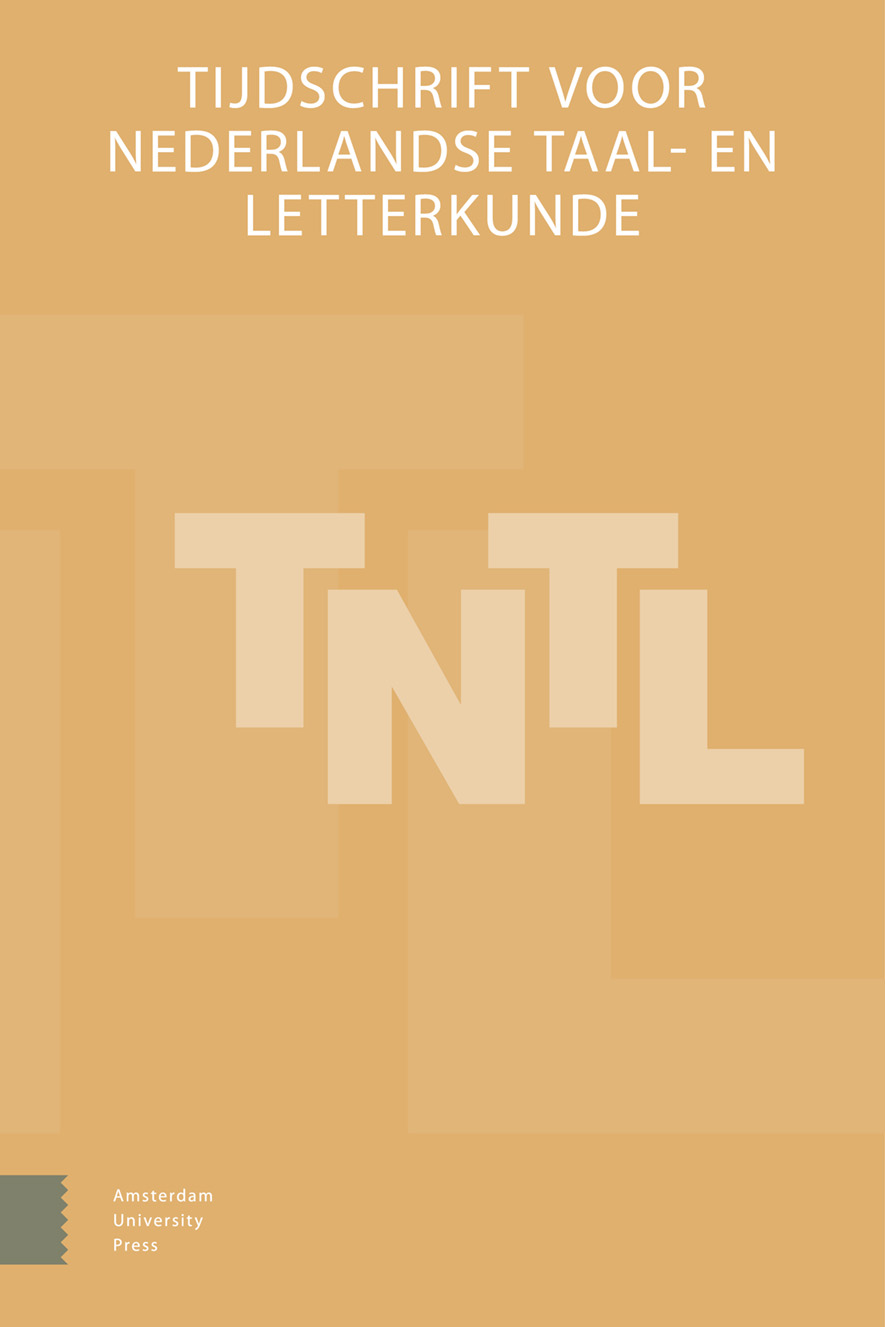
Full text loading...
We use cookies to track usage and preferences.I Understand
In the Northern Low Countries, the eighteenth century is often regarded as the period of so-called ‘Frenchification’. On the one hand, it refers to the French influence on Dutch language use. On the other hand, it also refers to the choice of language, with French being chosen over Dutch in specific social domains. The second aspect is the focus of this article. Language choice is mapped on the basis of two substantial source collections, with special attention to variables such as time, region and gender. We focus on two social domains: private life (i.c. ego-documents) and public opinion (i.c. pamphlets). An important aim is to examine whether the peak of alleged Frenchification is rightly placed in the eighteenth century, and also whether it is possible to objectively measure and quantify a rather subjective phenomenon like Frenchification.

Article metrics loading...

Full text loading...
References


Data & Media loading...

